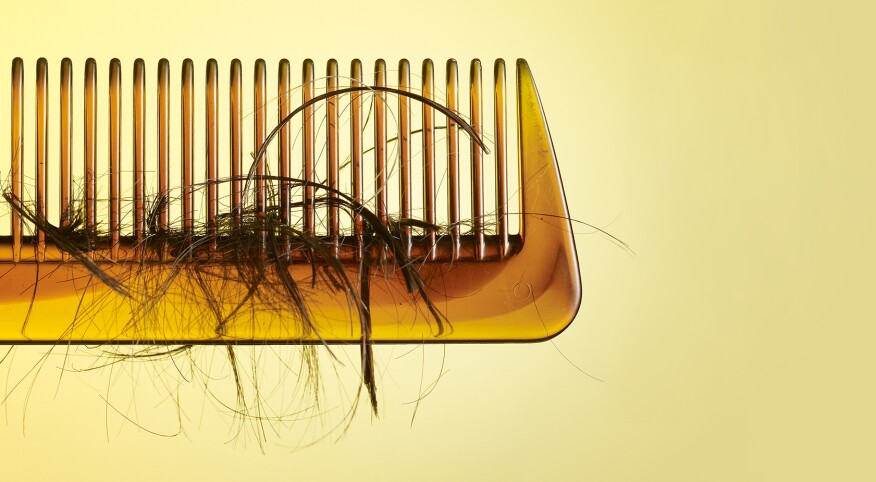So, let’s cut to the chase. You’ve been merrily using a blow-dryer or flat or heat-curling iron on your hair daily … and that’s on top of coloring, highlighting, relaxing or straightening? I’m not surprised your hair feels like cotton candy, looks like straw and is breaking and thinning, because I’ve been there, too. And let me clue you in: Celebs are not immune to hair havoc, either. Their frequent style and color changes often hide mishaps. Here’s a rehab plan that works for us all.1. Make a big cut
For long hair devotees, the ends are the oldest and most-damaged part since they’ve been exposed to heat and chemicals for years. Splits start at the bottom and travel like a zipper up toward the scalp. Don’t panic: This doesn’t mean a pixie cut (but check tip No. 4, anyway!). A generous trim — at least three inches — or snipping to a long bob (aka lob) keeps the long-hair feeling, but with a fresher look.

2. Add layers to disguise breakage
When severe damage is causing funky layers or shorter chunks at the back of your head or around your face, go with it. The best bet may be to layer up more for a shaggy, choppy medium style with extra volume, movement and texture. In addition to bobs and lobs, shags are trendy again, so this solution is smart and fashionable.
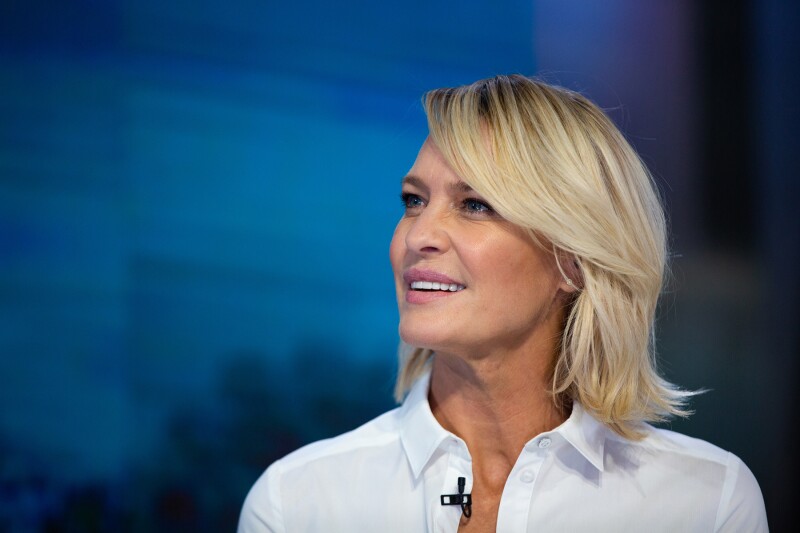
3. Cut long feathery or side-swept bangs
Bangs instantly clean up dead ends and breakage around the hairline. Since the look requires frequent trims, this part of your hair will show healthy regrowth first. Bangs also create a thicker illusion for those whose hair quality has been compromised by thinning due to excessive heat and color.
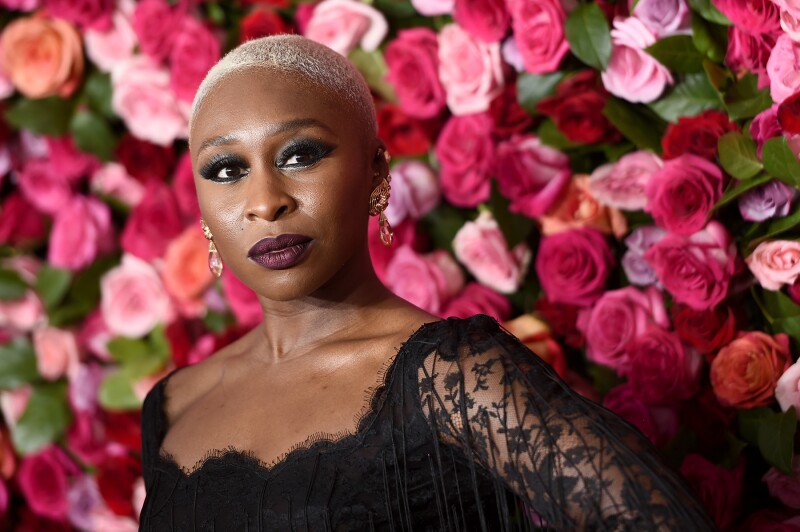
4. Going short offers immediate benefits
Maybe you’ve been eyeing the cropped blond styles on (from left) Cynthia Erivo, Brigitte Nielsen or Tilda Swinton. If you want high-drama color, a short cut enables you to stick with major intensity but keep a healthy hair and scalp routine, thanks to frequent snips. It’s not for everyone, but if you’re ready for a gutsy change go for it. Even a color-free gray or white short, tousled crop is a hair-health booster. Just keep the style a little tousled, messy and broken up for a sexy cool grownup effect like Jamie Lee Curtis (right).

5. Wash hair less often
Whatever your hair length or style, no one wants greasy hair. Dry shampoo is a great alternative, but there is even a limit to that. Water-only shampoos twice a week are fine for damaged hair, but find new ways to style your hair in between. Try a low ponytail, a messy bun or topknot. Change the part or add some texturizing spray for beauty waves, and keep a fake ponytail or bun to clip at the nape at the ready — like lots of stars do.
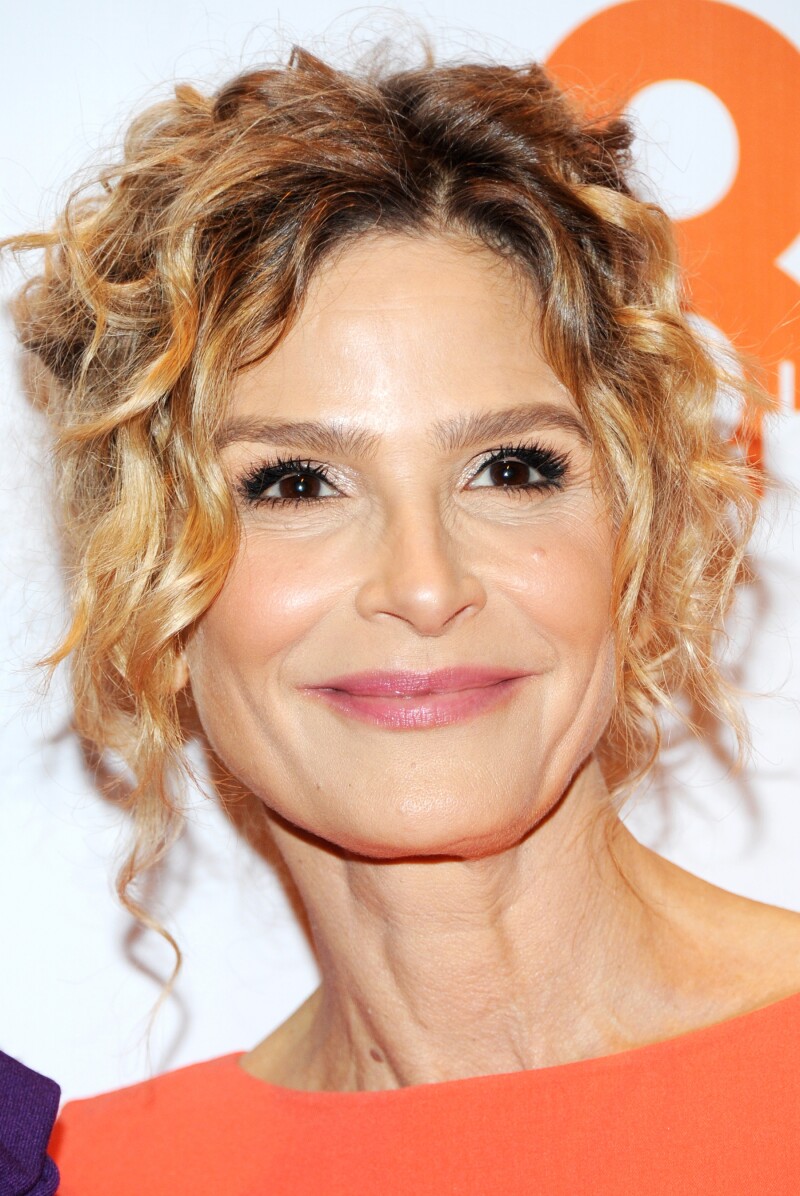
6. Find a new color solution
If you’re on a high-maintenance, once-a-month schedule or overdo the bleach and highlights too often (as I did in my blond-aholic days), get comfy with showing your roots for a longer stretch. How about applying a touch-up spray between redos? Or, switch to color that’s closer to your own shade or a semipermanent formula rather than permanent. Last but not least: Try keeping your authentic color as a base and just get highlights every three months to blend in grays or brighten your hair and skin. Highlights can also help grow in gray without an obvious line if you decide to ditch color altogether for renewed hair health.
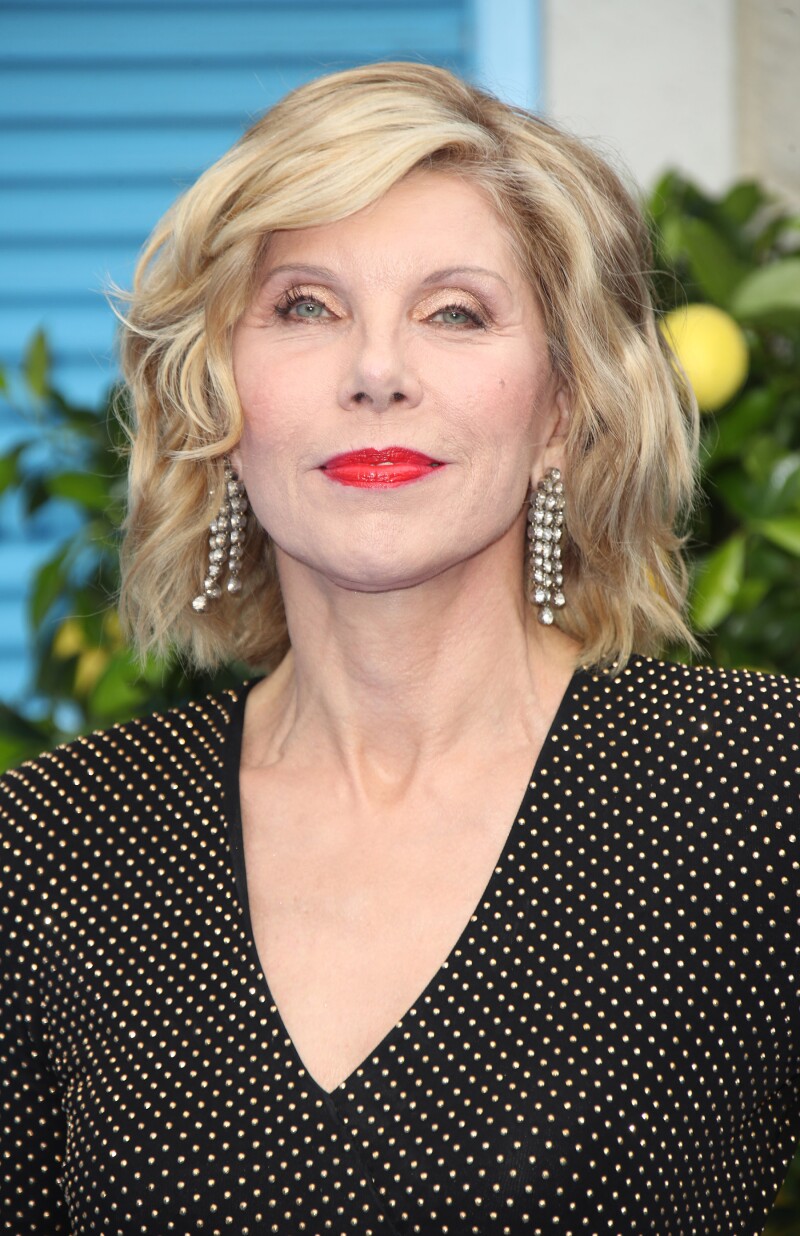
7. Let your real hair texture be OK
Constant straightening requires heat, and that’s truly hard on dry, fragile mature hair. Women who used to be into stick-straight hair are going “natural” for a wavier and curlier look, or at least alternating sleek blowouts with air-drying. If you color your hair, giving it a wavy option helps ease the constant chemical/heat stress. When you do blow-dry, let your hair air-dry at least 50 percent before heat-styling, and always use a heat-protectant spray first. Flip your hair over and blow-dry on a low-heat setting from underneath, using your fingers to untangle, lift and encourage volume.8. Switch to a sulfate-free shampoo and conditioner
You won’t get that big, sudsy feeling since sulfates — which are detergents — create those bubbles, but you will be preserving chemical-color or salon-straightening treatments. Look for duos that also have strengthening protein via wheat or keratin and provide a serious moisture boost with botanical oils and butters. Drugstore brands like L’Oreal Paris EverPure, OGX, Suave Professionals and SheaMoisture all have the right ingredients to increase shine and reboot dry hair.9. Make hair masks a twice-weekly habit
Regular conditioners are not enough. Drugstore masks are easier than the homemade mashed avocado-and-egg kind, and they smell better and rinse out easily. Choose one-shot foil packets so you can try several, or opt for a tube or jar style packed with oils like Argan or Marula and shea butter. The label will say to leave on for one to three — or even 10 — minutes, but do your hair a favor and leave it on overnight (with a plastic wrap turban to keep your pillow pristine). Use a wide-tooth comb to distribute the mask evenly through your hair, with a little extra on areas that are most brittle or weak.10. Buy a microfiber hair towel
This sounds unnecessary, but it’s a small thing that’s super-kind to your hair. The minute you step out of the shower, bend at the waist and wrap your hair in one of these. It absorbs excess water like a sponge. Normal towels rough up the hair’s cuticle, causing the shingle-like coating of the hair shafts to lift up instead of lying flat — and encourage breakage and frizz.
And a last word: Beat hair burnout before it begins. Toss old brushes with bent bristles, replace fine-tooth combs with hair-friendly wide-tooth ones, and avoid wearing or styling your hair the same way every day. Your hair will thank you.
For more beauty and style tips for women age 50-plus, check out The Woman's Wakeup: How to Shake Up Your Looks, Life, and Love After 50 by Lois Joy Johnson.




